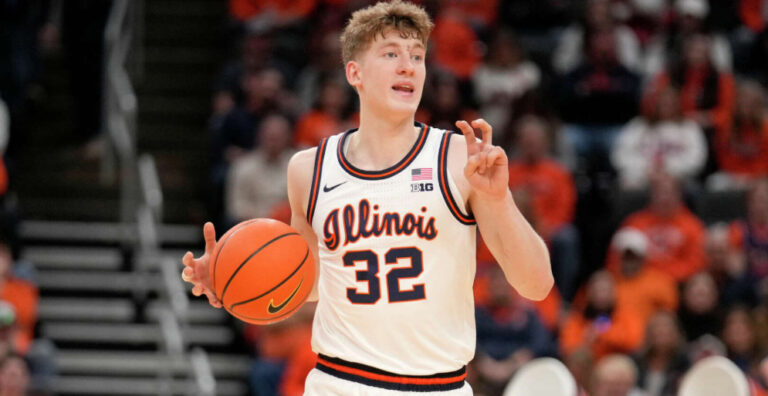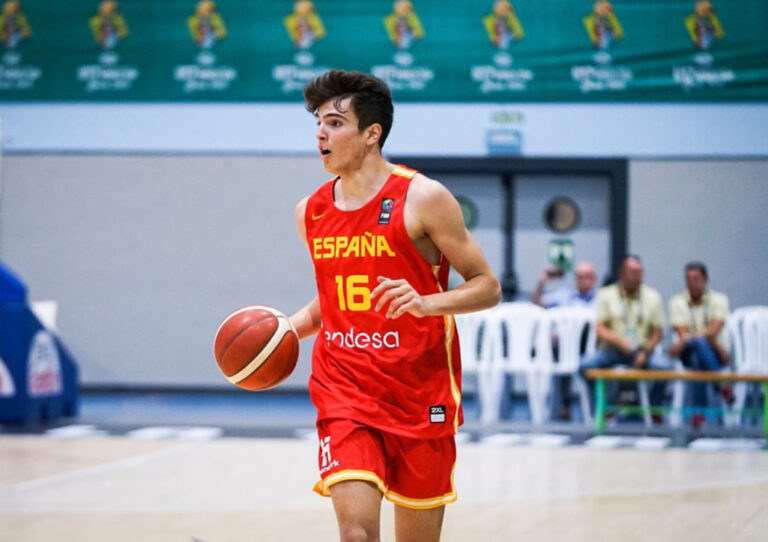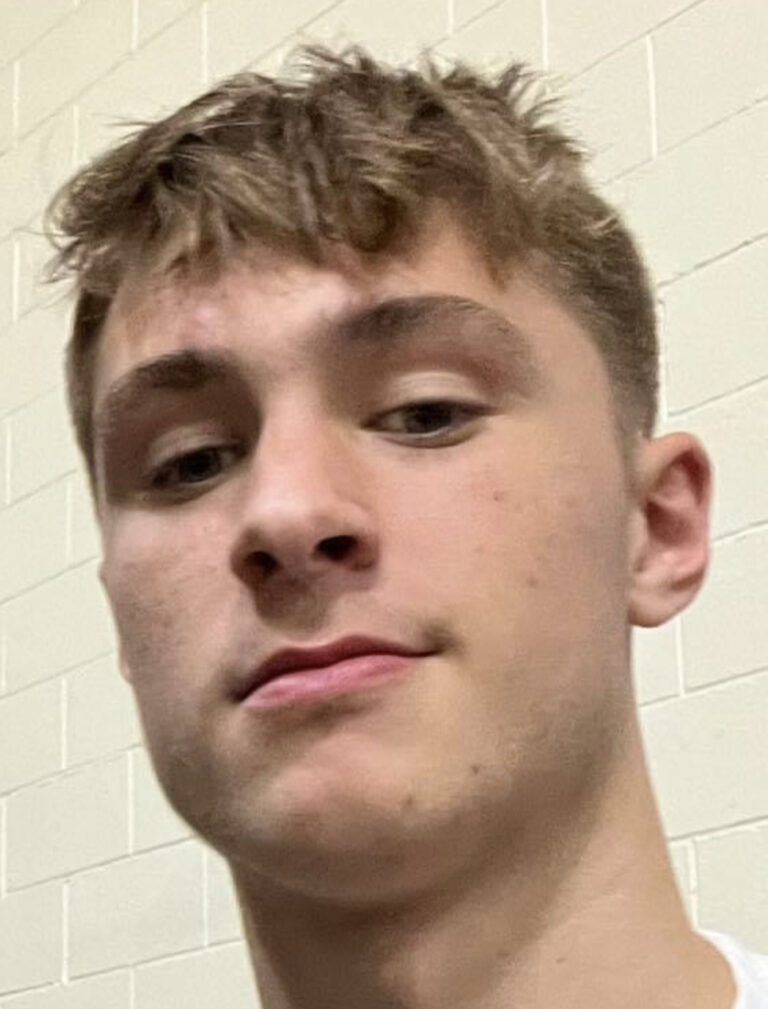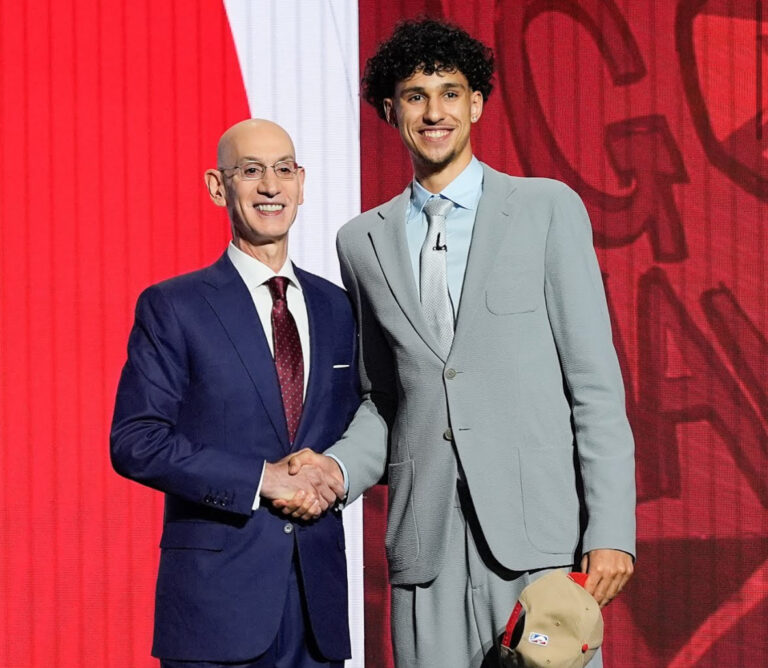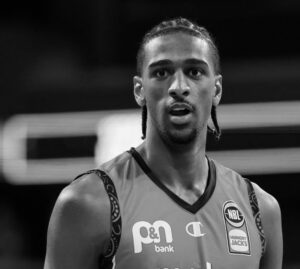Ron Holland of the G League Ignite has to be one of the more intriguing prospects in the
upcoming 2024 NBA Draft. Originally the second ranked player in ESPN’s top 100 for the class of 2023, Holland has long been a highly accomplished stand-out player in his class. However, following a mixed season full of ups and downs with the G League Ignite, many scouts seem to be split on Holland’s true NBA potential. Holland’s NBA ready 6’8”, 205 lb frame and his explosive athleticism give him a good floor, but continual struggles with inefficiency and turnovers suggest he may be less of a sure thing and more a project at the next level. Given the perceived lack of surefire stars in this draft, Holland still looks like a lock to go in the lottery, but it appears that his opportunity to truly threaten to be the first player to come off the board come draft night, has come and gone.
Originally from Texas, Ron Holland played his highschool ball at Duncanville High School. During his highschool career, Holland amassed over 1,500 points and over 900 rebounds, and was eventually named a McDonald’s All-American his senior year. Being a 5-star recruit and the consensus best player in all of Texas, Holland received collegiate offers from all the top programs around the country including Texas, Kentucky, and Kansas. After originally committing to Texas, Holland pivoted and decided to forgo his college eligibility and turn pro, joining the NBA G League Ignite on June 20th, 2023.
During Holland’s one season with the Ignite he showed off many of the same skills and traits that originally had scouts excited about his potential throughout high school. Holland’s defensive tools and motor are pro ready, and his ability to get to the basket both in the halfcourt and in transition were both a big part of what helped him lead the Ignite in scoring with 19.5 ppg. The 6.7 rpg he averaged with the G League Ignite also go a long way in showing he is a tough rebounder for his position. Additionally, with a similar playstyle to that of Cam Whitmore, and a similar body type to that of Jaylen Brown, it doesn’t take too much of an imagination to project Holland’s potential role in the NBA. With that being said, a 3-point conversion rate of 24%, and an assist to turnover ratio of essentially 1:1, are not great, and have certainly caused teams to question Holland’s long term appeal, after he was originally viewed as a shoo-in top 5 pick.
In all likelihood, Ron Holland will not have to wait too long to hear his name called come draft night. There are plenty of young rebuilding teams like The Portland Trail Blazers, (who own picks #7 and #14), or the Charlotte Hornets, (who are picking at #6), who will value Holland’s long term outlook, and jump at the chance to select him. While teams like Memphis, (picking at #9), Oklahoma City (picking at #12), or Sacramento (picking at #13) who are presumably looking to be competitive next year, are less likely to value a player who profiles as a bit of a development project. But wherever Holland ends up, it will be up to him to find his own niche within the team—his staying power within the league could very well depend upon it.
Given the lackluster nature of this draft, Ron Holland—despite his flaws—still projects as one of the top names to come off the board in the first 10-12 picks. Despite Holland’s continued inability to show discernible improvements in his areas of weakness, scouts still appear to value him for his established defensive strengths and transition scoring. With a high motor, and a fiery passion for the game that pushes him to play hard every moment he is on the court, there is a role for Holland in the NBA. The only question is if Holland’s inefficiencies and inconsistencies will keep him off the court entirely. If Holland is able to find some consistency with his shooting stroke, and accept his role within an NBA offense, there’s no reason to believe he can’t develop into a player similar to that of RJ Barrett, Caris LeVert, or a less polished Jaylen Brown.



